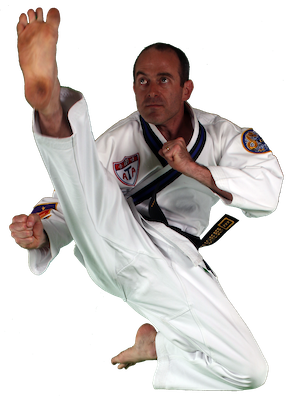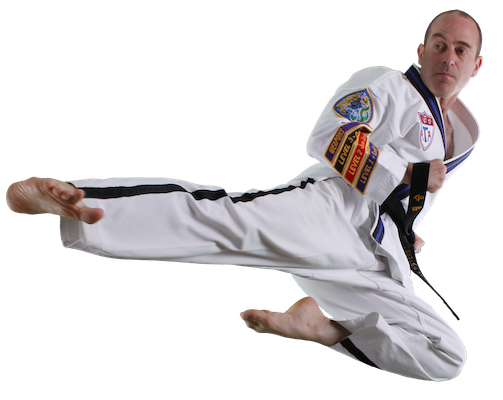
Taekwondo: Ancient Wisdom for the Modern Warrior, by Doug Cook
Doug Cook is a passionate martial artist with extensive knowledge of martial arts history and traditions. This book is his attempt to share this knowledge with readers. That is an ambitious goal, and the book tries to accomplish so much that it occasionally lacks focus.
Sometimes the book reads as a guide to the uninitiated, as when Mr. Cook offers advice on how to select a dojahng. Other times, it seems his intended readers are devoted martial artists, as when he gets deep into the weeds discussing the value of poom sae. (I share his view that forms are beneficial apart from any self-defense function because they teach pattern recognition, provide an opportunity to drill basic technique, and serve as a form of "moving meditation.")
In my view, the best parts of the book are those that relate martial arts history with present practice. For example, Cook describes the Hwarang warriors’ code of honor and explains how it applies in the modern world. He has a captivating section on the brilliant naval strategy of Admiral Yi. And he explicates the history of the founding of modern Taekwondo in the aftermath of the Japanese occupation of Korea from 1910-1945. Against this historical backdrop, he provides examples of how the ancient Hwarang values (what we now call "life skills") can shape not only our approach to modern self-defense but also our conduct in our personal and professional lives. And he argues that the role of the modern instructor is to inspire his or her students to imbue their lives with these values. It is in these sections that the book fulfills the promise of its subtitle.


